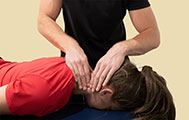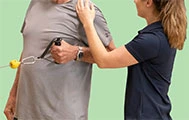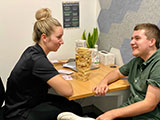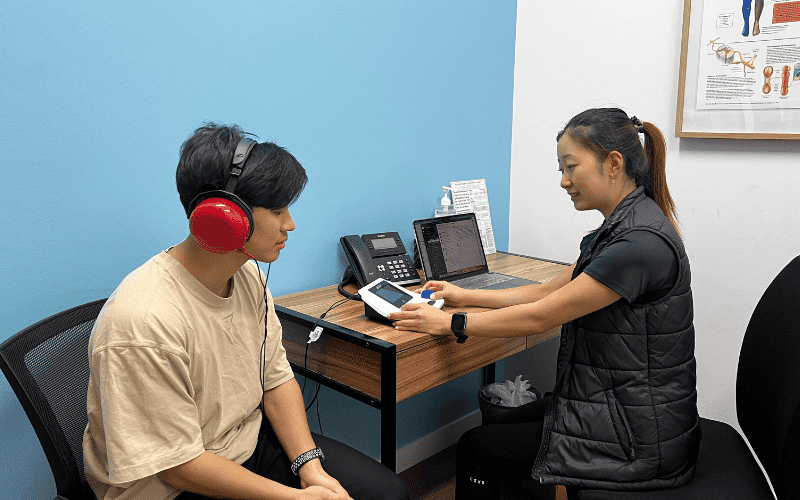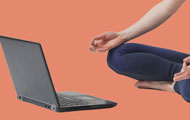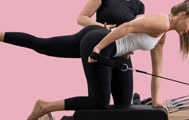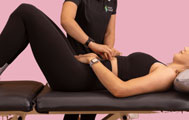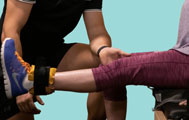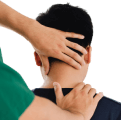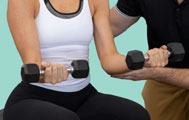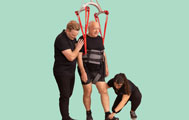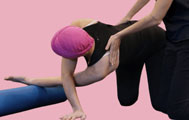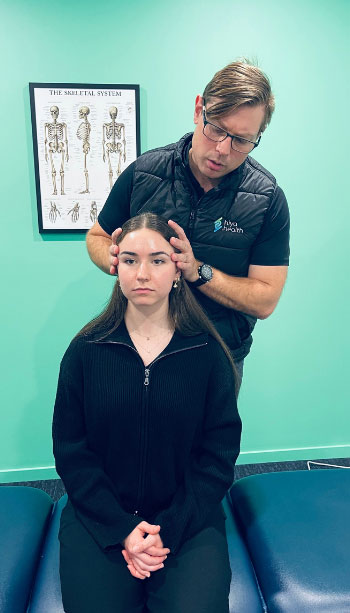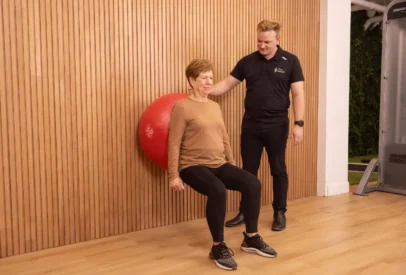Stroke Physio

What is a stroke?
A stroke, medically termed a Cerebrovascular Accident (CVA), is a form of brain injury occurring from restricted blood flow to specific areas of the brain (Ischaemic Stroke) or bleeding within the brain tissues
Haemorrhagic Stroke) (Al-Qazzaz et al., 2014
Consequently, these regions are deprived of oxygen, disrupting normal neural function, and potentially causing motor or cognitive impairments (Heiss, 2012).
What does it do to you?
The impact of a stroke varies depending on the specific area of the brain affected, potentially resulting in a range of impairments such as:
Motor dysfunction:
- Hemiparesis: muscle weakness on one side of the body.
- Hemiplegia: loss of function on one side of the body.
- Ataxia: Impaired / loss of balance and coordination.
- Spasticity: increased muscle tone, leading to stiffness and impaired motor control.
- Apraxia: difficult planning and executing movements.
- Dysphasia: difficulty with swallowing.
- Impaired gait patterns and thus reduced walking capacity.
- Impaired fine and gross motor skills.
(Al-Qazzaz et al., 2014; Langhorne et al., 2000)
Cognitive impairments:
- Memory loss, confusion, and disorientation.
- Reduced attention span.
- Aphasia: difficulty with speech and language.
- Execution dysfunction such as impaired planning and decision-making.
- Emotional changes such as heightened anxiety or depression symptoms.
(Al-Qazzaz et al., 2014)
Why do Exercise and Physical Therapy Matter after you suffer from a stroke?
Engaging in exercise is an effective and viable way of enhancing both motor function and cognitive rehabilitation following a stroke. Exercise can promote and facilitate neuroplasticity in the brain (Xing & Bai, 2020). Neuroplasticity is the process by which our brain changes and adapts in response to various stimuli to learn a new behaviour or task. For example, through consistent practice of certain challenging movements following a brain injury, your brain has the ability to potentially reorganise itself, bypassing the damaged area, and allowing you to regain some function in hat impaired movement/skill. These results can be dependent upon the severity of your injury and the following rehabilitation (Kim, 2022; Xing & Bai; 2020).
How will exercise help your day-to-day living?
- Promote motor function for improved ability to perform activities of daily living such as eating, manoeuvring around the house, and improving your ability to stand or sit when using the bathroom.
- Reduce participation restrictions such as increasing your access to the community, and motivate you and improve your function to continue with recreational or social activities.
What exercises should be included?
Any exercise that challenges you and is performed repetitively (i.e. multiple repetitions) to facilitate neuroplastic changes.
The following are STRONG physical therapy recommendations published on the Stroke Foundation Guidelines:
“For stroke survivors who have difficulty in standing up from a chair, practice of standing up should be undertaken” (Stroke Foundation, 2023).
“For stroke survivors who have difficulty with standing, activities that challenge balance should be provided” (Stroke Foundation, 2023).
“Stroke survivors with difficulty walking should be given the opportunity to undertake tailored repetitive practice of walking (or components of walking) as much as possible” (Stroke Foundation, 2023).
Mr. X significantly enhanced his walking ability by doubling both the duration and speed of his treadmill exercise. He started walking for 1 minute at 0.8kph and progressed to walking for 2 minutes at 2kph after 4 months of physical therapy with an Accredited Exercise Physiologist.
**Client achievement at Hiya Health**
Author: Prishani Laxman, Exercise Physiologist – Beenleigh & Redcliffe clinics
Book an appointment
If you want to work with an experienced Physiotherapist or Exercise Physiologist to get your health on track get in touch
Subscribe to e-news
Receive the latest health tips and news straight to your inbox
